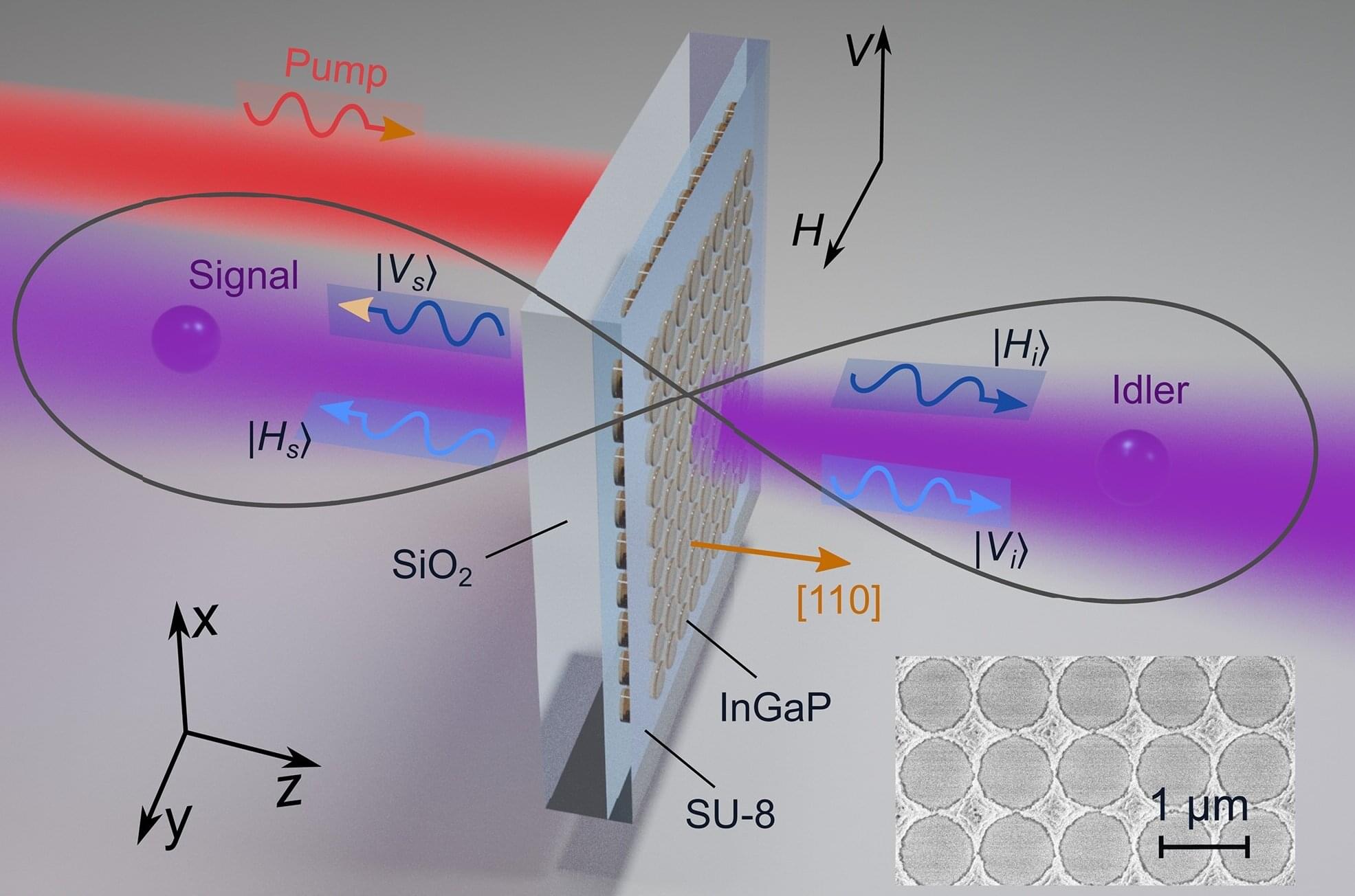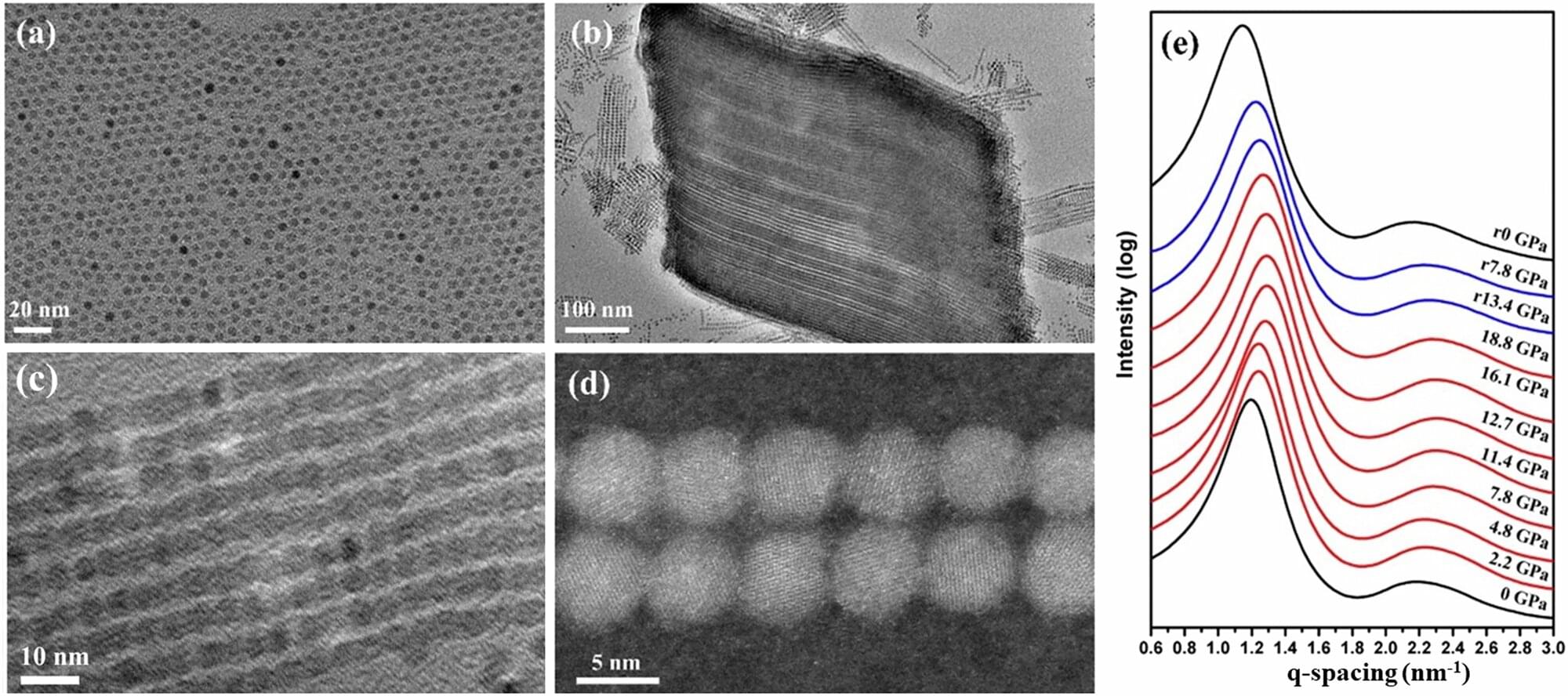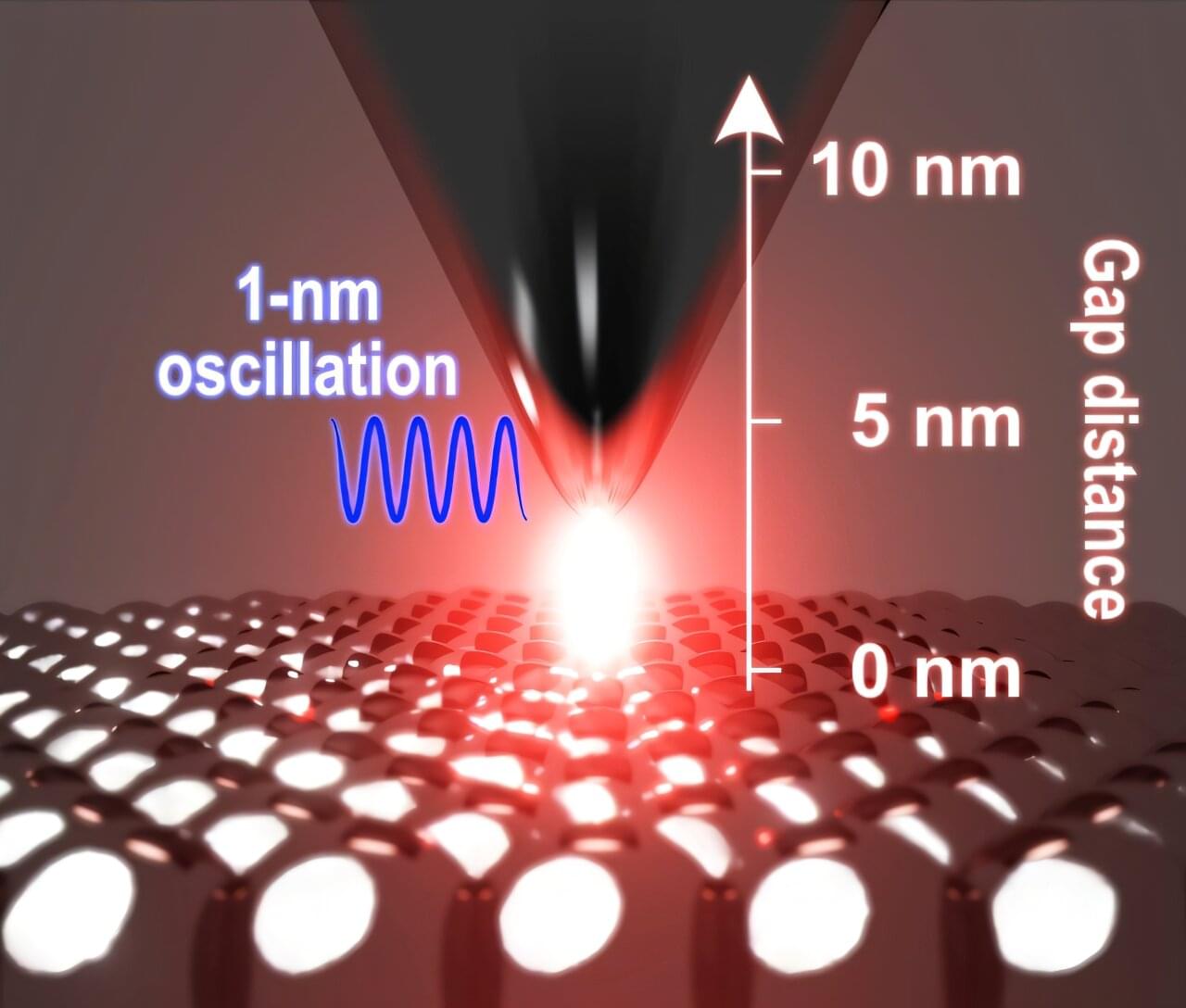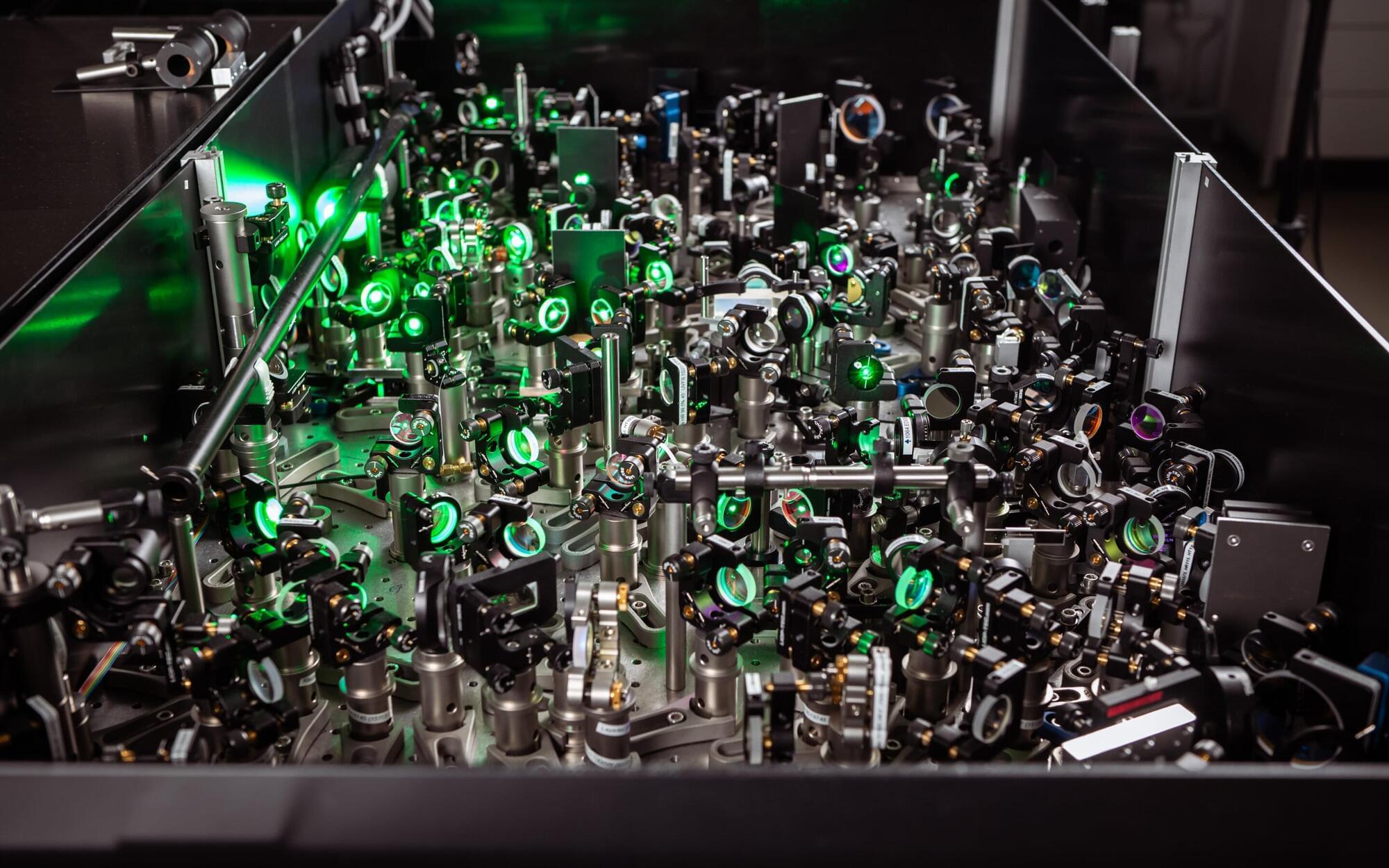Research from the University of Minnesota Twin Cities gives new insight into a material that could make computer memory faster and more energy-efficient.
The study was recently published in Advanced Materials, a peer-reviewed scientific journal. The researchers also have a patent on the technology.
As technology continues to grow, so does the demand for emerging memory technology. Researchers are looking for alternatives and complements to existing memory solutions that can perform at high levels with low energy consumption to increase the functionality of everyday technology.









